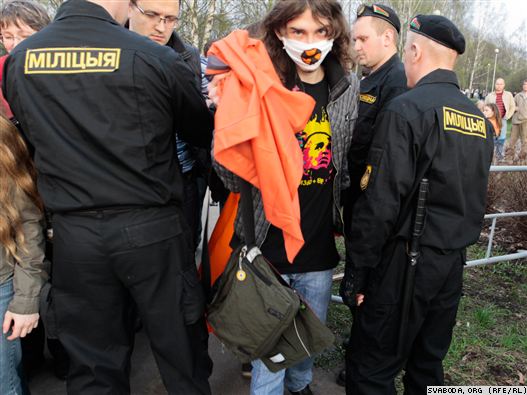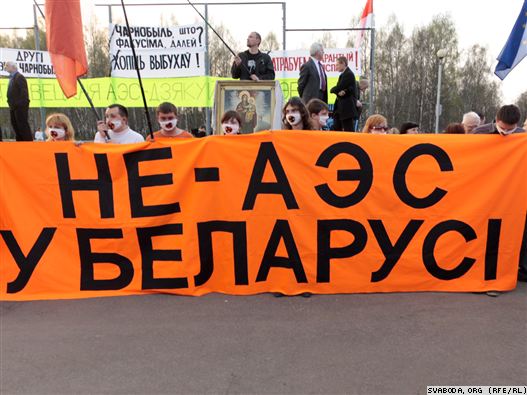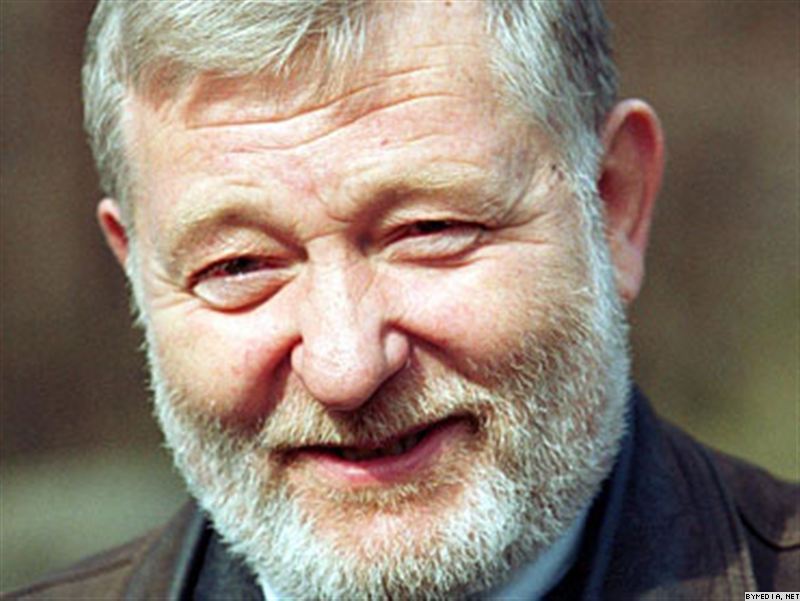A quarter of a century has passed since the day of the explosion in the nuclear power plant in Chernobyl, situated close to the Ukranian-Belarusian border. Belarusians suffered the most from that biggest nuclear energy-related disaster in history. Large parts of the country’s territory is still contaminated with radioactive material. More than 1,5 million people out of the 10-million population of Belarus still live on contaminated land.
Plans for a new plant
Despite thos painful historical experience, Belarusian authorities are planning to build a nuclear power station in the Astraviec district, only 25 km away from the border with Lithuania.
The Belarusian opposition has traditionally protested against any and all of Belarusian authorities’ nuclear energy plans, seeing them as a continuation of dangerous Soviet practices to disregard the lives and health of citizens for economic gains. The Chernobyl disaster was a leading motive for Belarusian protest movements and promotion of national identity amid the collapse of the USSR in the late 80s and early 90s.
Meeting instead of rally
With experience of holding "Chernobyl rallies" all the way back to 1989, the opposition now protests against the authorities’ construction of new nuclear reactors.
This year, the authorities prohibited  the procession and the floral tribute to the Chernobyl chapel. As a consequence, “Charnobylski Shliakh (Chernobyl Rally) – 2011” became a “static” procession; a rally on the spot. The organised rally was allowed only on Bangalore square, on the outskirts of Minsk.
the procession and the floral tribute to the Chernobyl chapel. As a consequence, “Charnobylski Shliakh (Chernobyl Rally) – 2011” became a “static” procession; a rally on the spot. The organised rally was allowed only on Bangalore square, on the outskirts of Minsk.
In previous years, the authorities have repeatedly prohibited the procession, but the organisers used to hold them anyway, without permission. This year was the first, when no civic activist or politician took responsibility for rallying people in an unallowed location.
Over the last years “Charnobylski Shliakh” traditionally started from the square in front of the Academy of Science. This year, the authorities not only prohibited people from gathering there, but also fenced in the whole square. On 26 April, the actual anniversary day of the Chernobyl disaster, trains didn’t stop at the “Academy of Science” underground station.
 Several hundreds demonstrators gathered instead on Bangalore Square with banners reading “Chernobyl, Fukushima, what next?”, “We don’t need a second Chernobyl”, “We demand security”, “Astraviec nuclear station? – No, thanks!”, “No – to the nuclear plant in Belarus”, “Chernobyl – 1986, Fukushima – 2011, Astraviets – ?”.
Several hundreds demonstrators gathered instead on Bangalore Square with banners reading “Chernobyl, Fukushima, what next?”, “We don’t need a second Chernobyl”, “We demand security”, “Astraviec nuclear station? – No, thanks!”, “No – to the nuclear plant in Belarus”, “Chernobyl – 1986, Fukushima – 2011, Astraviets – ?”.
At the opening of the rally, one of t he organisers – Yury Khadyka, right, said:
he organisers – Yury Khadyka, right, said:
“They didn’t allow the “Chernobyl rally”, instead we have this standing meeting. Our supreme task is to overcome the fear in a society which have arisen after the brutal dispersion of peaceful protest on 19 December. We must show that we will stand up to and overcome this outrage organised by those “Blackshirts”. We will stand the test and prevail.”
Protesters stand trials
The 25th anniversary of the Chernobyl disaster gives a chance to civil society to express its concern about the plans of the Belarusian government to build a nuclear power plant in Astraviec.
In the evening of 25 April the participants of the picket against the building of Astraviec nuclear plant were detained near “Frunzenskaya” underground station. Twelve detained activists, citizens of Germany, Poland and Ukraine among them, spent the night at Akrestsina detention facility.
The protesters were blamed for putting obstacles to pedestrian traffic, shouting slogans thus bringing attention to themselves. On 26 April, the local court of Frunze district of Minsk found them guilty and imposed fines on all of them.
Güde Hansen, one of the German citizens arrested, did not plead guilty. The policemen-witnesses could not remember the language of the slogans she shouted out. The activist noted that the officers did not explain the legal basis of their arrest and there was no proper translation:
“They did not give us any food, and we didn’t have anything to drink. The sleeping place was terrible – wooden planks bed. We could only lie on them, and there were no blankets. It was freezing there and impossible to sleep”.


